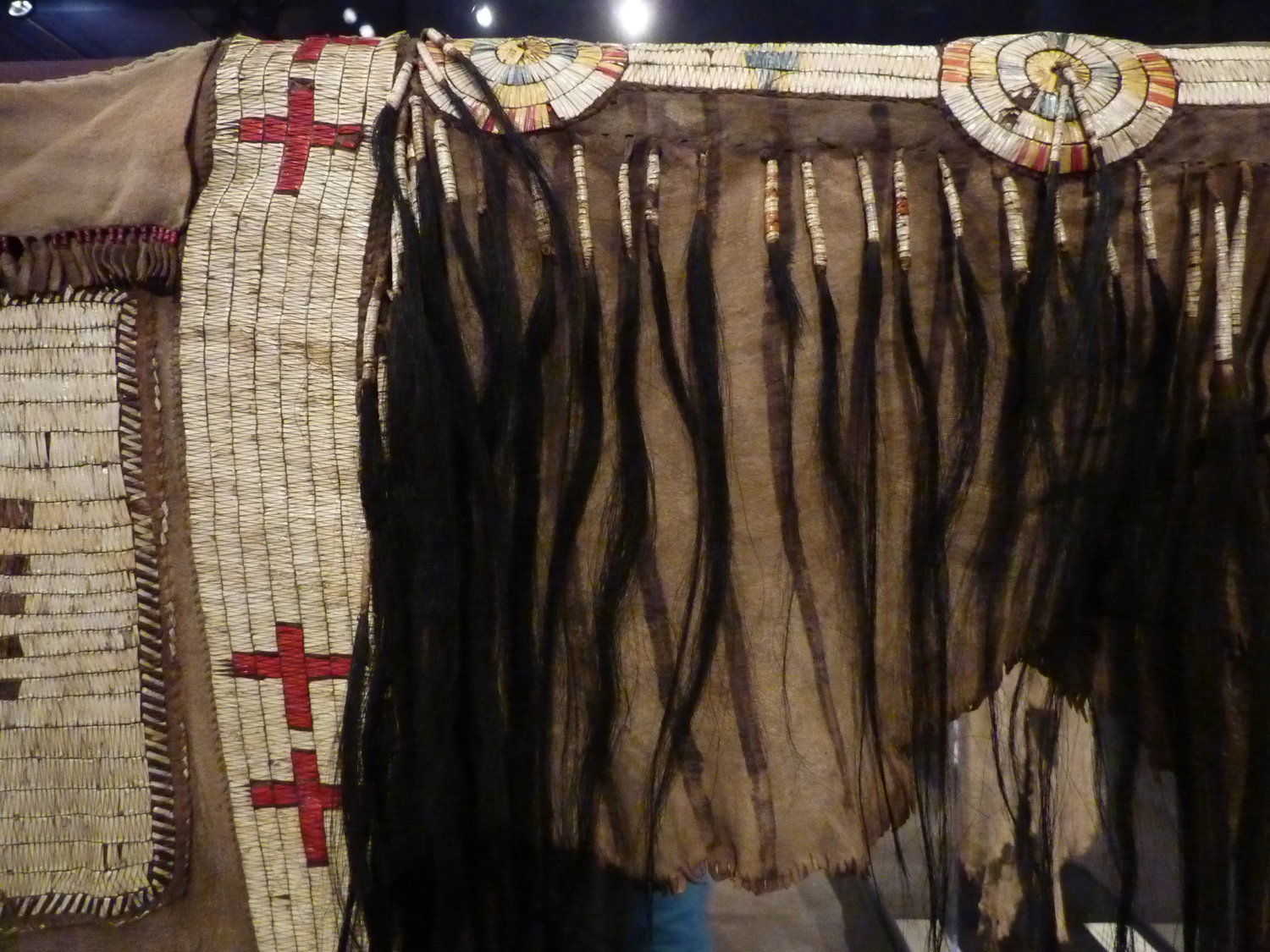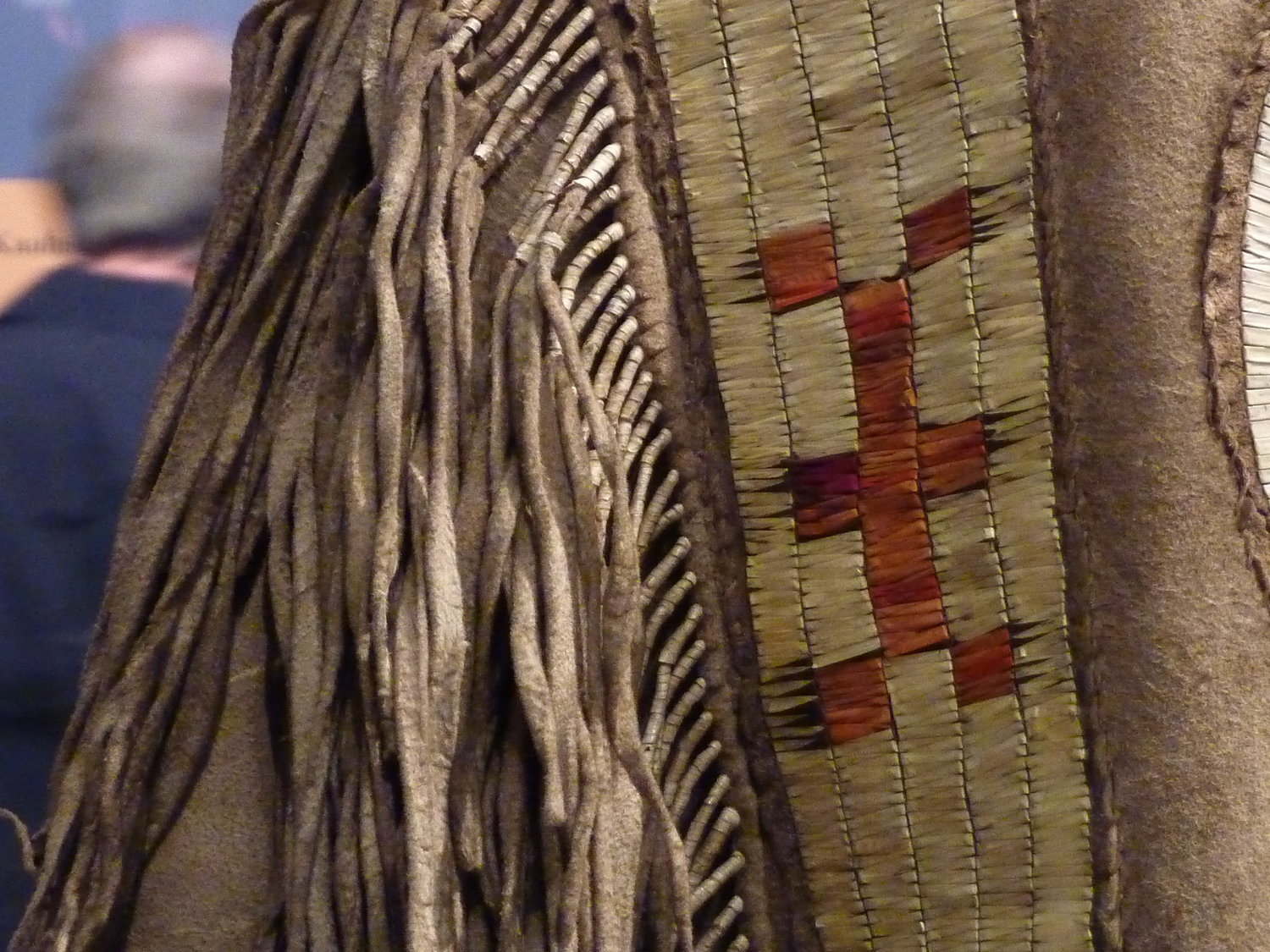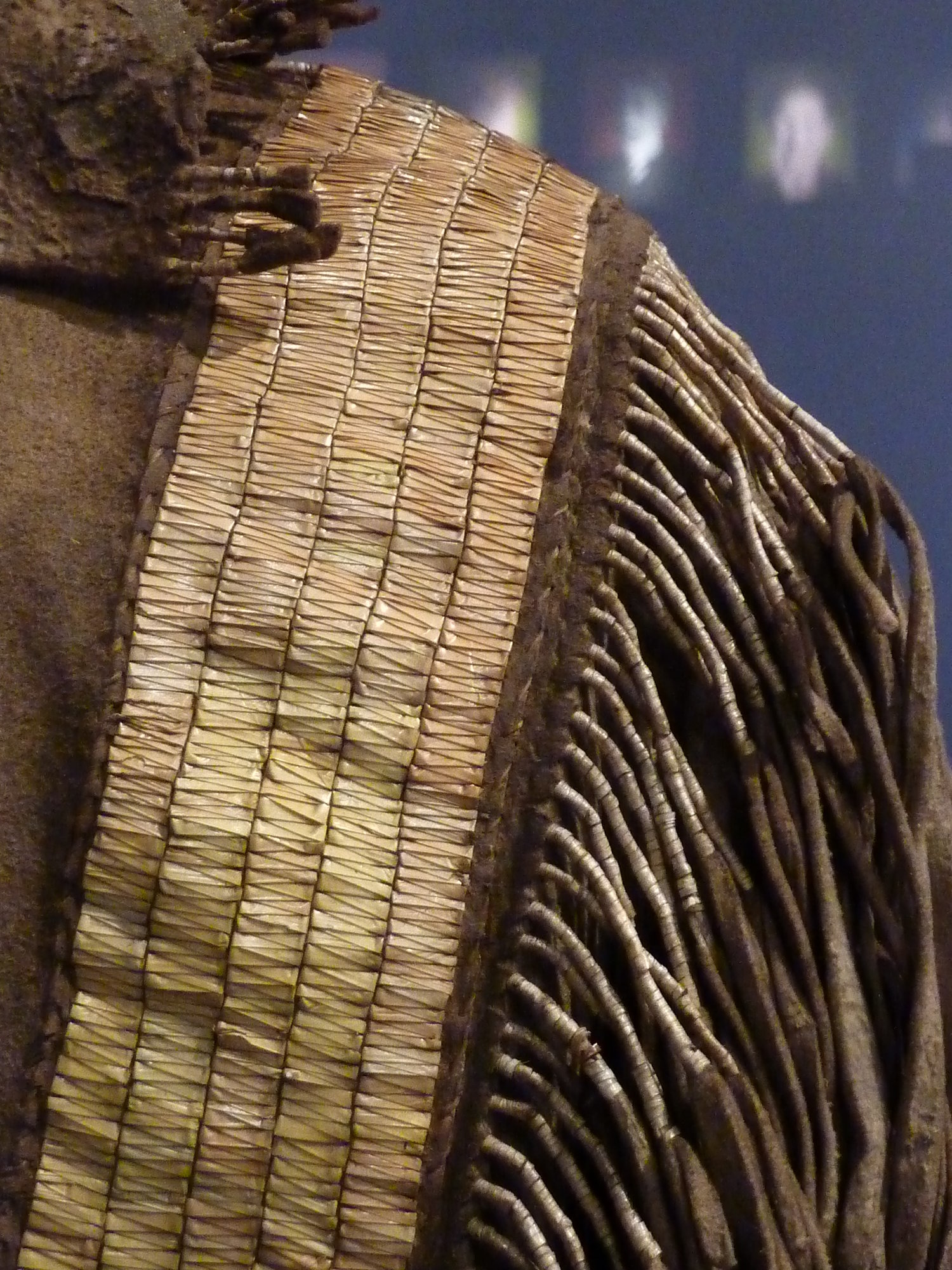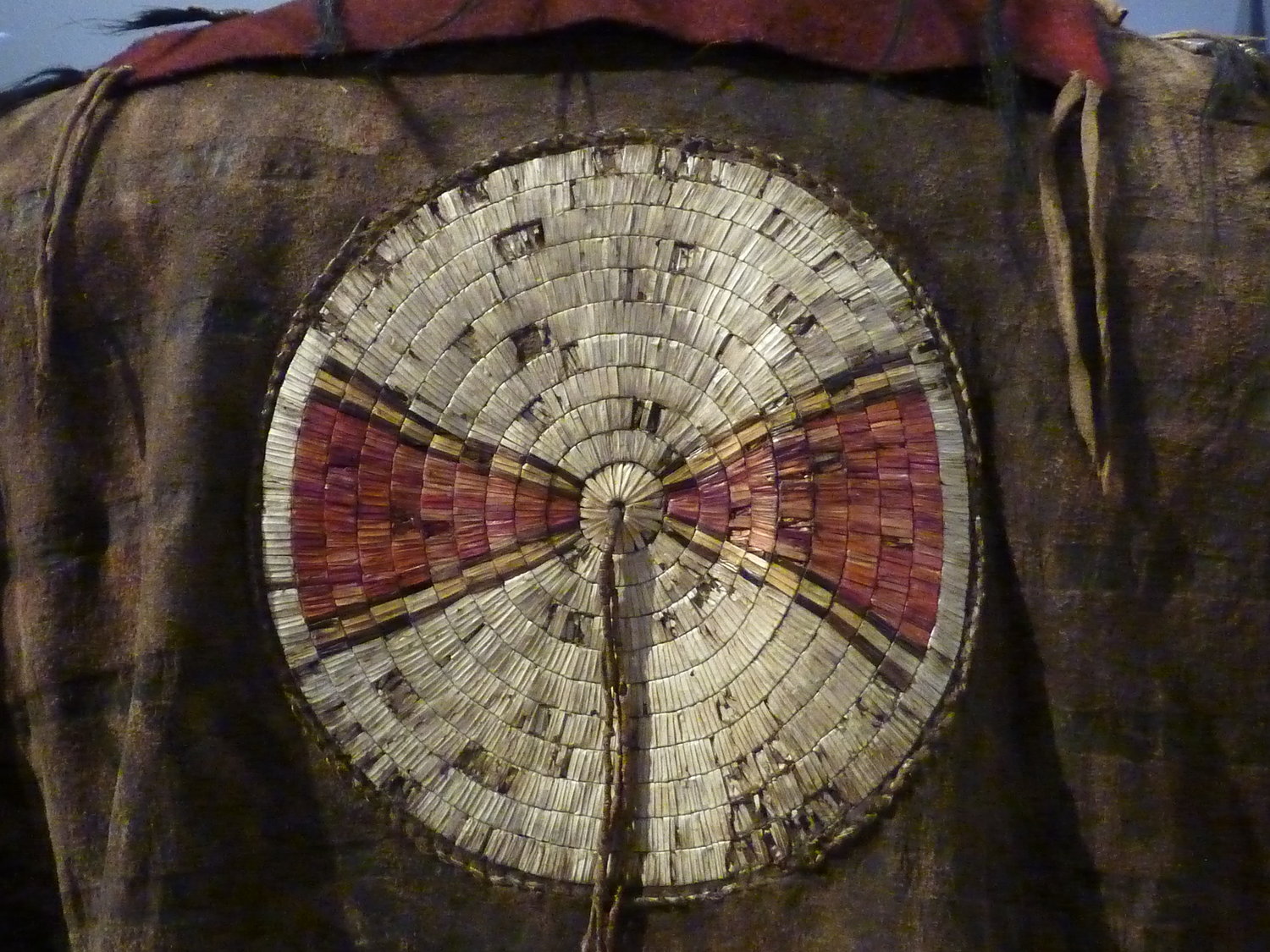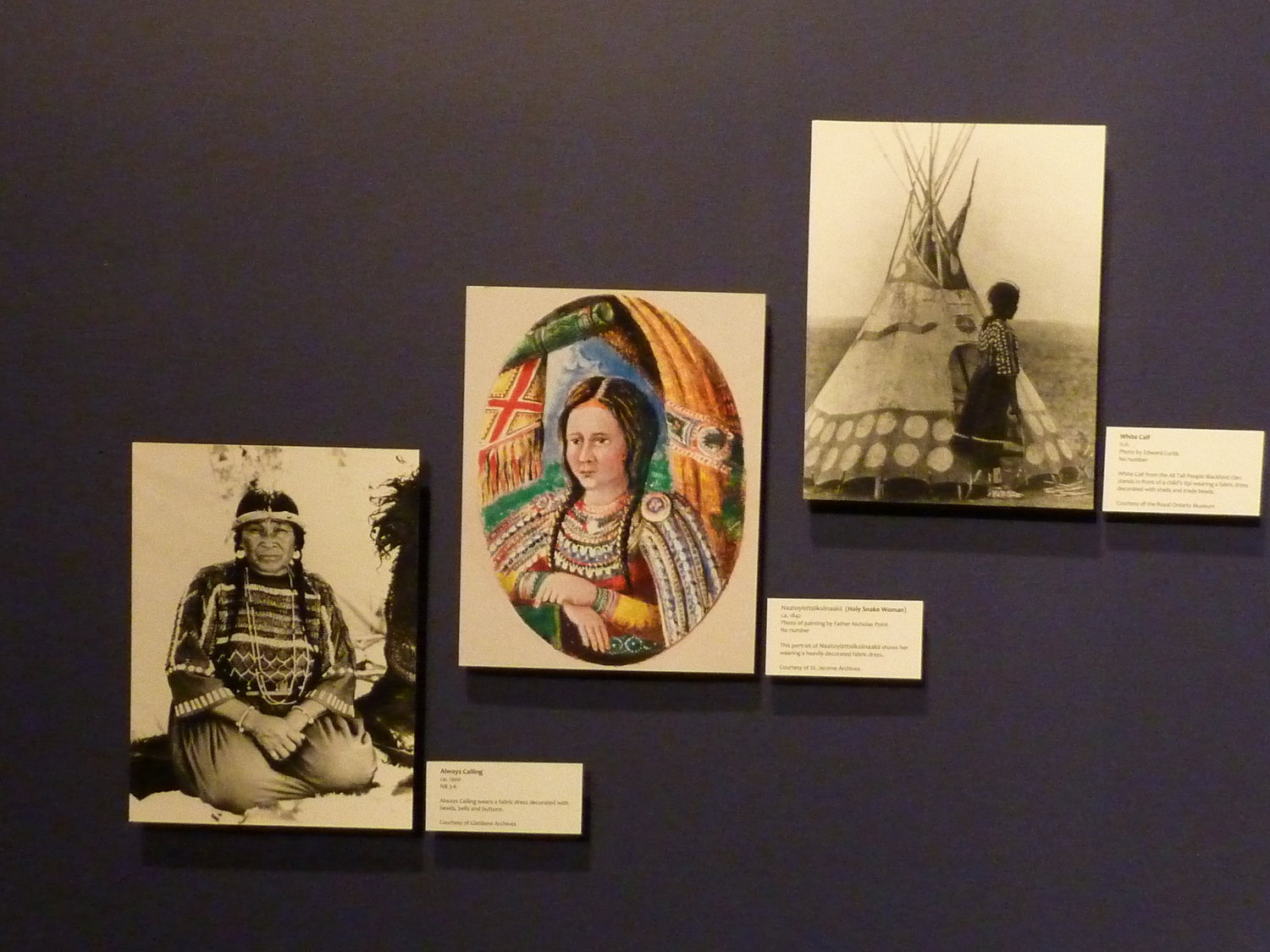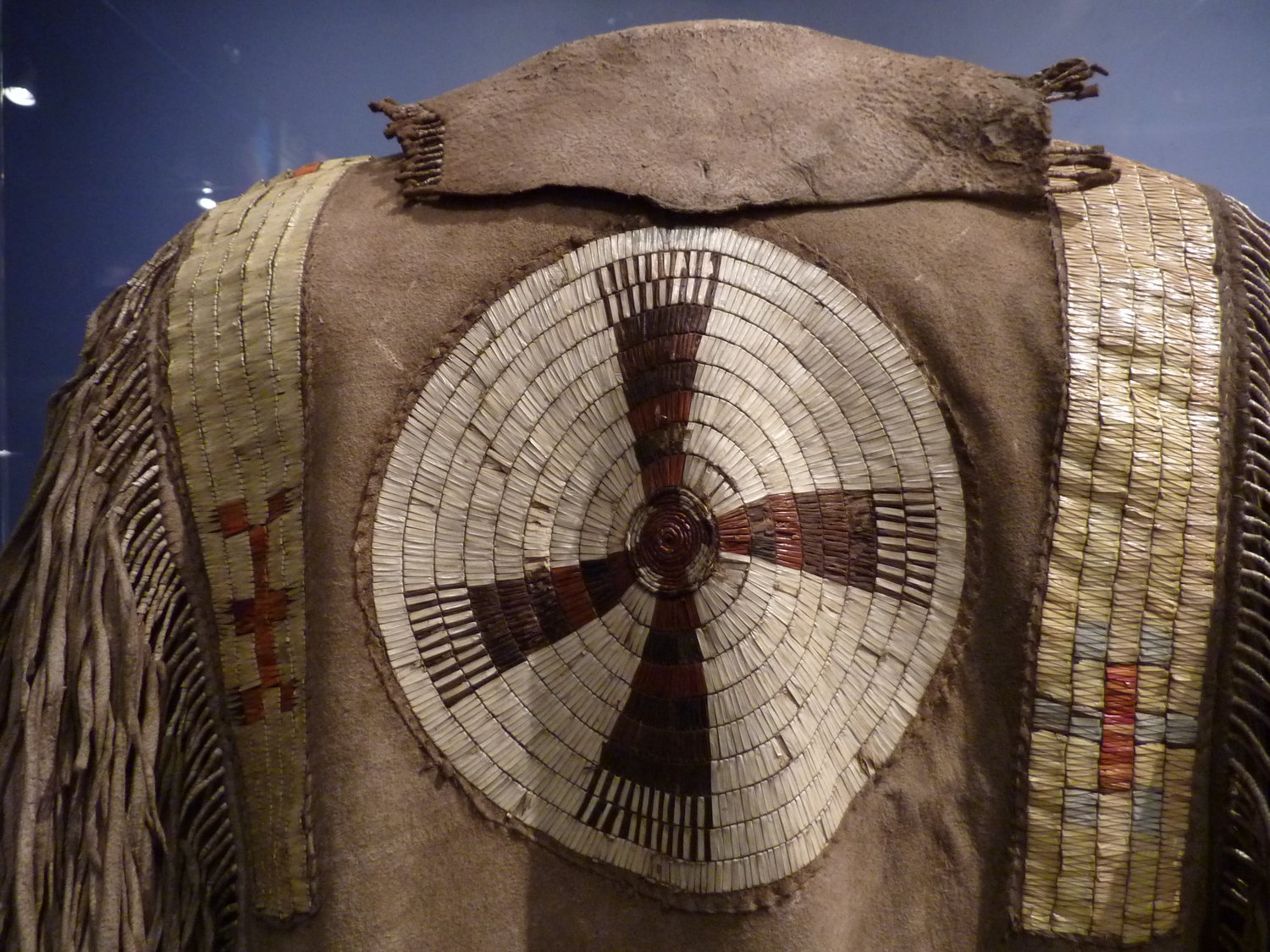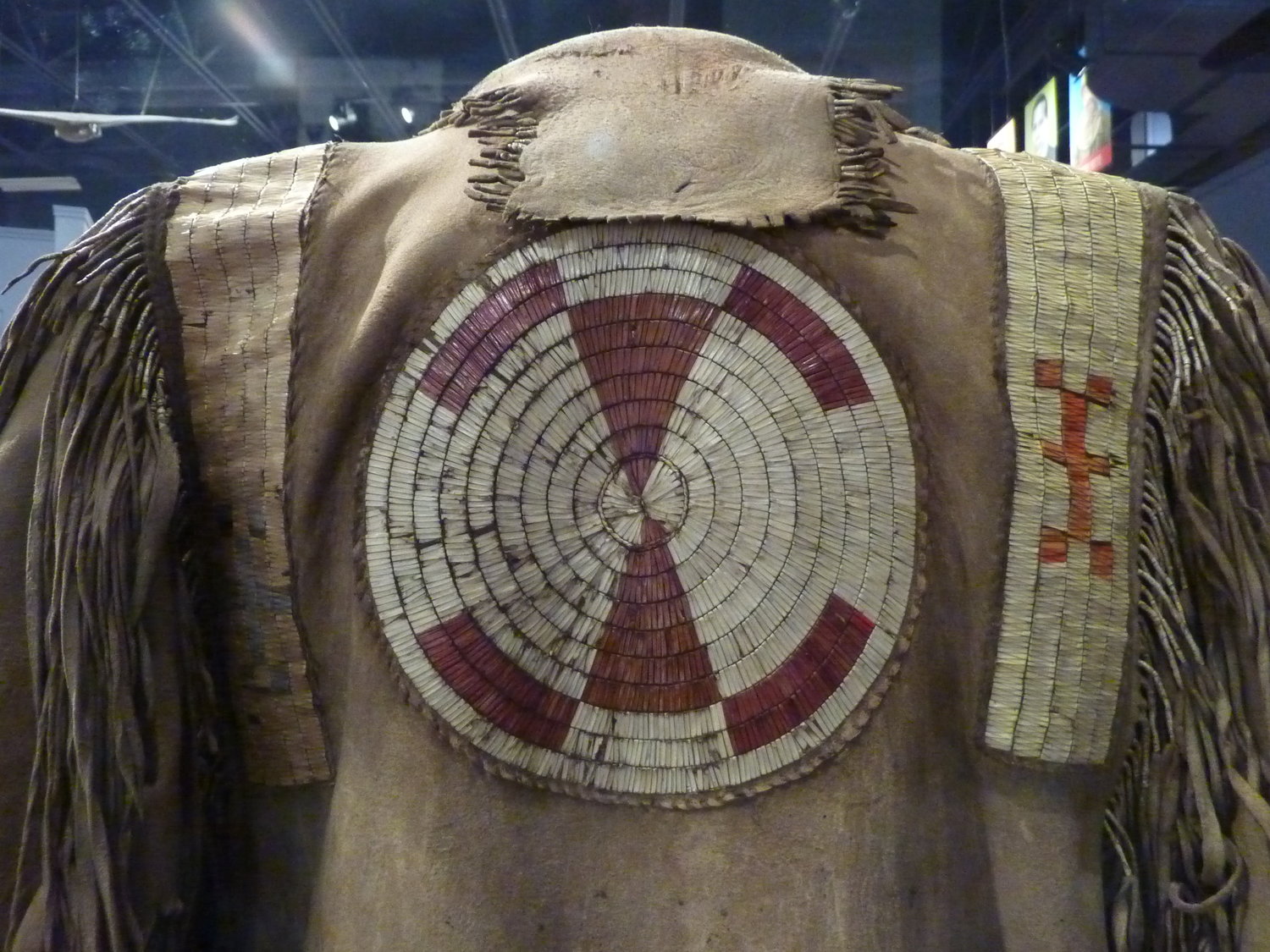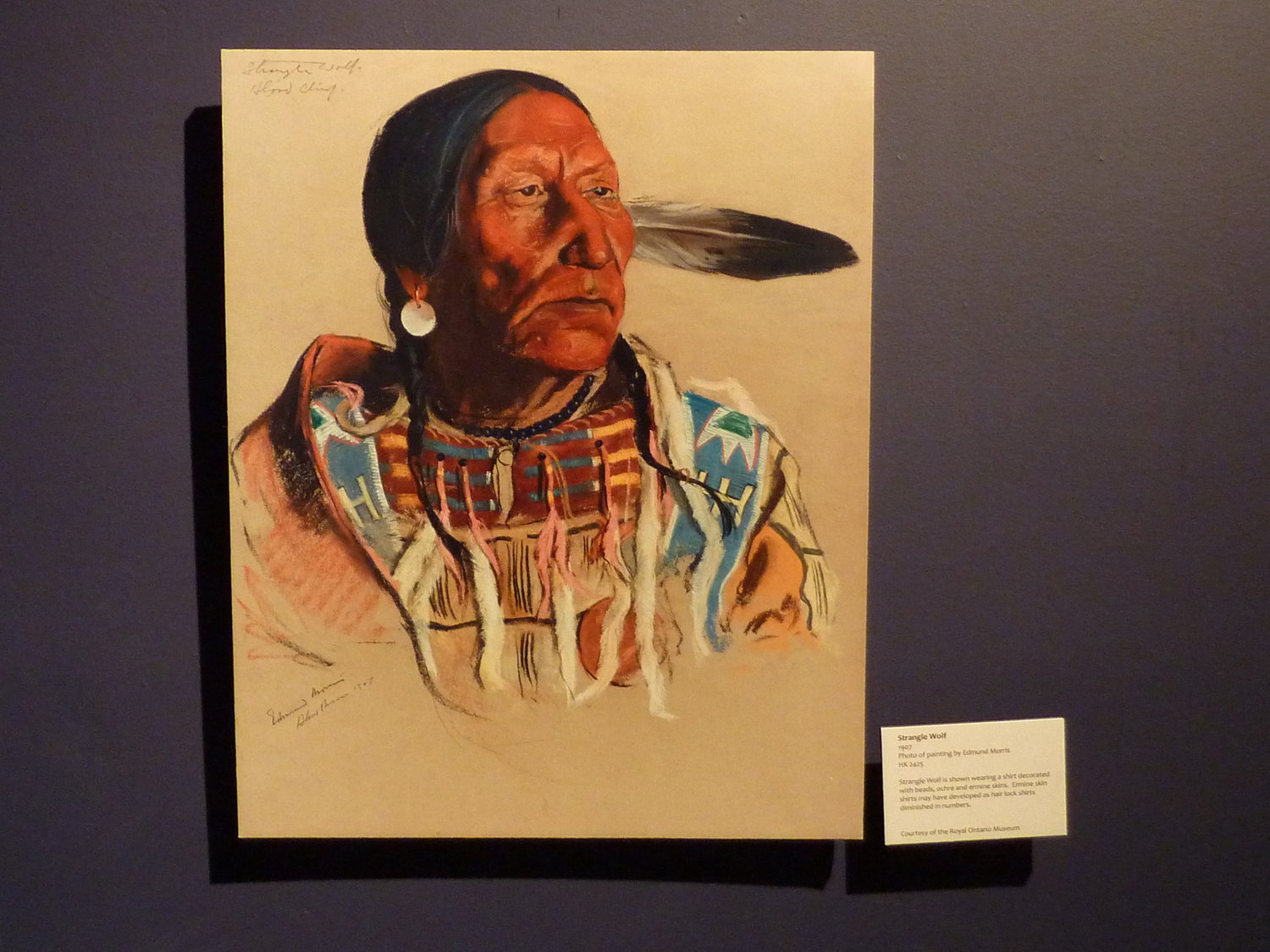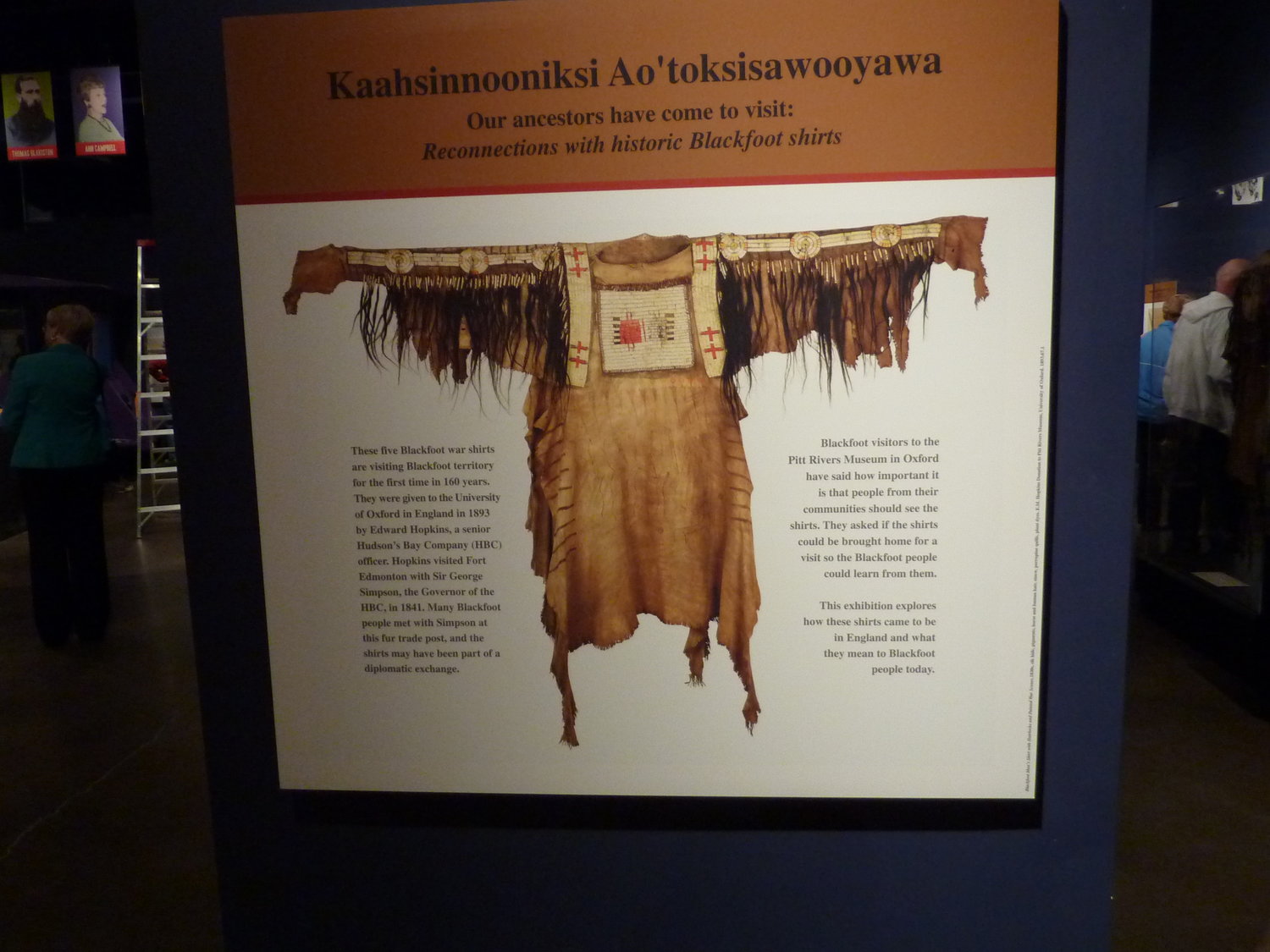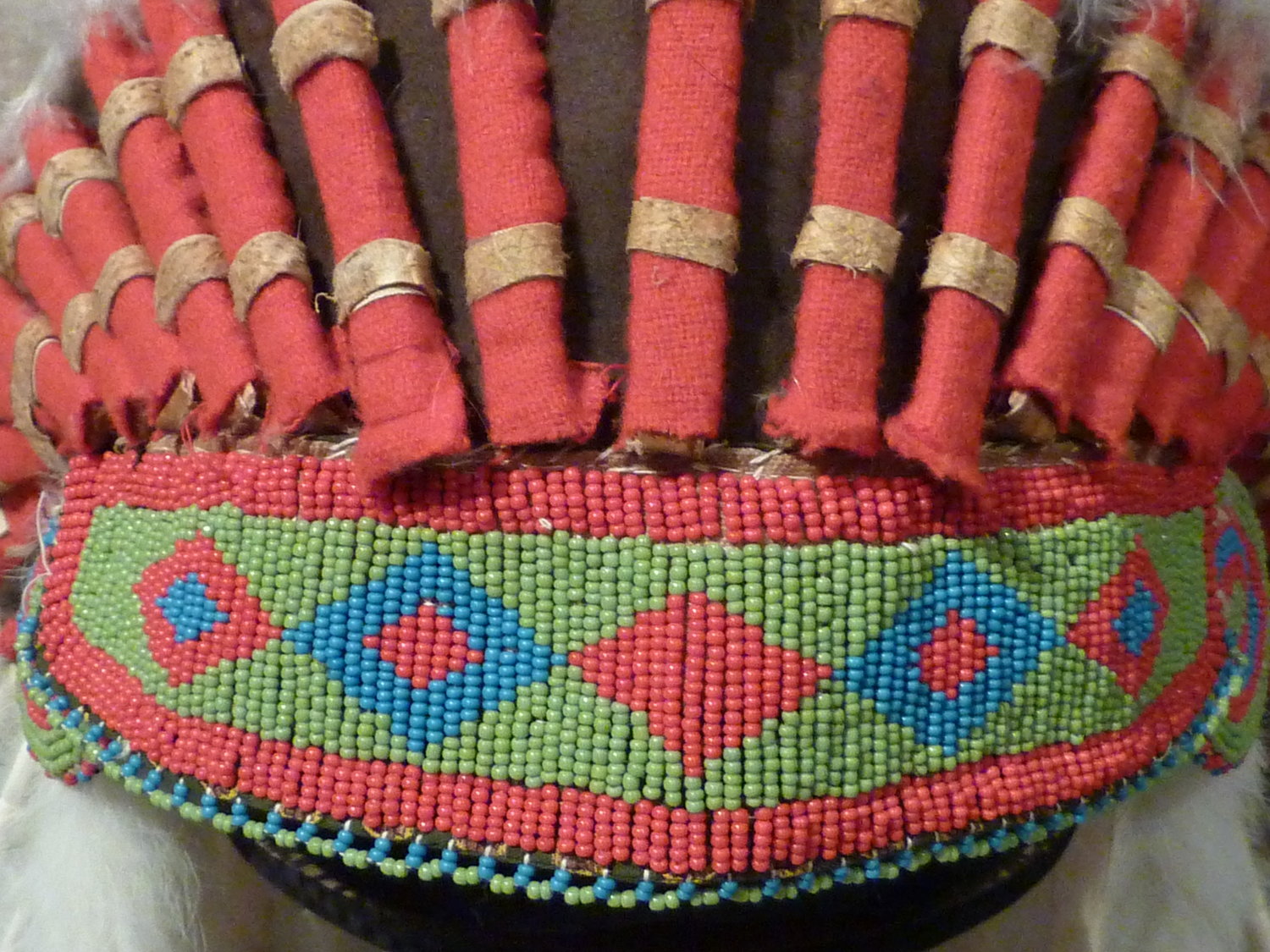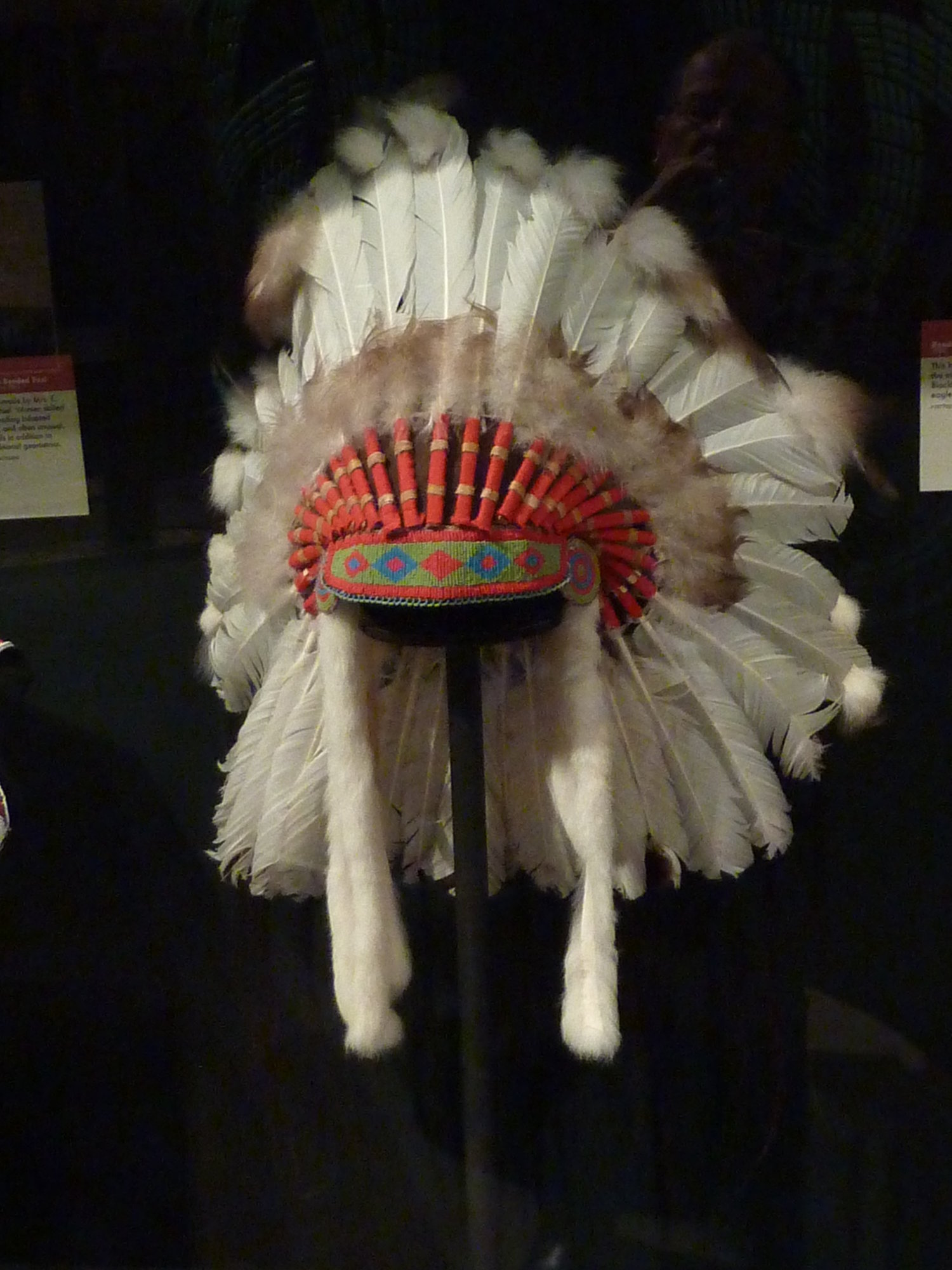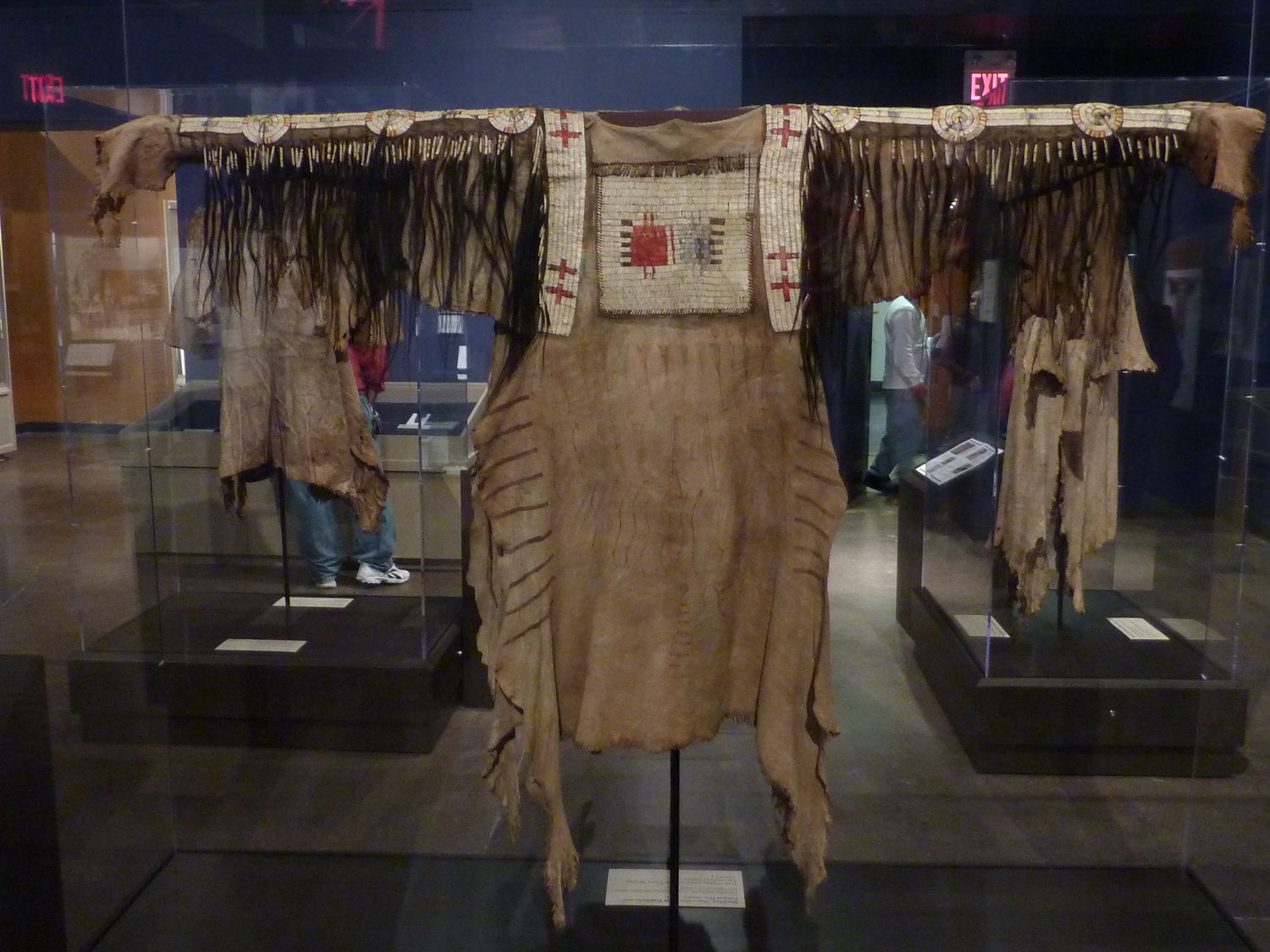A partnership project organized with members of the four Blackfoot communities, Pitt Rivers Museum, University of Oxford, University of Aberdeen, Glenbow Museum, and Galt Museum & Archives. Supported in Lethbridge with the generosity of TransCanada, and in the UK through an Arts and Humanities Research Council Grant.
Our ancestors have come to visit: Blackfoot Shirts
In 1841, Sir George Simpson, Governor of the Hudson’s Bay Company, acquired five extraordinary Blackfoot shirts during his visit to Fort Edmonton. Simpson’s secretary Edward Hopkins eventually took them to England and donated them to the Pitt Rivers Museum at the University of Oxford, where they have resided since 1893.
Written records tell us this much about the shirts, but many unanswered questions surround them. This summer the Galt Museum & Archives is privileged to host the shirts for personal study by members of the Blackfoot communities in southern Alberta and Montana from May 21 through June 2, and for public exhibit from June 5 through August 29.
The exhibit at the Galt will provide opportunities for learning about the historical context of the shirts, and similarities to modern-day wear. The exhibit will be supplemented with artifacts on loan from Fort Whoop-Up Interpretive Centre and The Fort Museum in Fort Macleod, and current-day clothing from various local sources to help draw those connections.
THE PROJECT
The project brings together UK-based researchers with Blackfoot people in Alberta, Canada, and Montana, USA, to explore the cultural history and contemporary meanings of five Blackfoot men's shirts held in the collections of the Pitt Rivers Museum, University of Oxford in England since 1893.
The shirts are made of deer and elk hide, decorated with porcupine quillwork; some have human and horse hair fringes along the sleeves, and are ritual garments. Shirts of this sort were worn by men who had contributed to community well-being.
Today, there are few shirts of comparable age in Canadian museums and Blackfoot people have had little access to such heritage items. Nevertheless, Blackfoot leaders have spoken of them as important for youth and hope that learning about the shirts, and cultural knowledge related to them, will help youth to maintain strong cultural identity.
"These shirts are our curriculum. That's how we learn who we are," says Frank Weasel Head, Kainai ceremonial leader.
The project aims to make the shirts available to Blackfoot people and the wider public for the first time; to explore how historic artifacts can be used by tribal communities to revive, share and transmit cultural knowledge, and how they serve to anchor social memory and in the construction of identity; to consider how the transmission of such cultural knowledge can benefit different generations; to explore the implications of such knowledge generation for contemporary museum practice.
Through the public exhibition of these shirts in Alberta, and through handling workshops specifically for Blackfoot people, researchers Laura Peers, Alison Brown and Heather Richardson hope to show how close examination of the shirts can allow for the retrieval, and transmission of the cultural knowledge the shirts embody; and to revive the knowledge of the making and uses of the shirts.
THE WORKSHOPS
The workshops have been developed by the project team in collaboration with ceremonial leaders and educators from the four Blackfoot nations: Siksika, Piikani (Peigan), Kainai (Blood), and Aamsskapipiikani (Blackfeet). An innovation in cross-cultural and international museum access, the workshops are facilitated by Pitt Rivers Museum conservator Heather Richardson, a specialist on First Nations material, with curators Laura Peers (Pitt Rivers Museum) and Alison Brown (University of Aberdeen), observing and assisting the workshops.
Information surfacing within each workshop – relating to the manufacture and use of the shirts, for example – will be recorded and shared with subsequent workshop participants in order to facilitate the exchange of knowledge and its transmission to future generations.
This is a pioneering project: no other UK museum has provided direct, physical access to early historic collections for Blackfoot people. The project builds on relationships developed during previous research carried out by Brown and Peers exploring how historic photographs of ancestors were culturally interpreted by Blackfoot people.
The project has also been requested by ceremonial leaders from the Blood Tribe who wish to study these early men's shirts and to pass on knowledge about them in order to strengthen Blackfoot culture.
THE EXHIBIT
The exhibit celebrates these remarkable shirts and the Blackfoot community of the past and present. The shirts were skillfully made and beautifully decorated by Blackfoot women who also created attractive clothing for themselves and their children. A woman’s dress and small girl’s dress finished with bands and tassels of colourful glass beads, tiny bells, and small bits of trade cloth will be exhibited as well, to show examples of female clothing and to demonstrate changes in clothing stimulated by the availability of useful European items.
Many items offered by the HBC for trade proved very practical for the Blackfoot people and were put to good use in the First Nations community. A few examples will be included in the exhibit, such as metal cooking kettles and knives, hunting muskets, fire-making Strike-a-Lights, and colourful wool cloth.
The historic shirts were worn by men who achieved various honours through their activities as warriors and providers. Today, elders on the Blackfoot Reserves encourage their young people to achieve a respected place in their community through education and professional achievement. They tell the students that by graduating from high school and university they earn the right to wear a graduation gown; that by participating on a sports team they earn the right to wear a team jersey.
This exhibit will feature such items to draw that connection, and will also show that many careers have specific clothing related to an occupation: a dental hygienist’s blouse, a lawyer’s robe, or a doctor’s lab coat for example. These pieces of clothing demonstrate success in the community and identify achievements made by the people wearing them – much as the historic shirts did 170 years ago.


